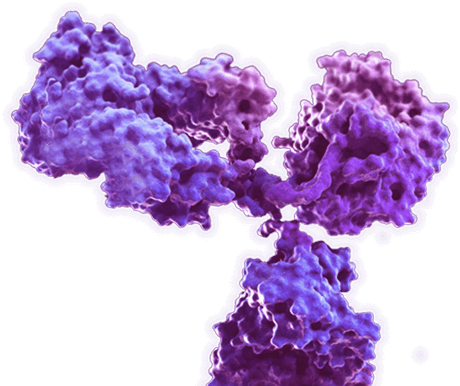ATP synthase subunit b, chloroplastic
FF ATP synthase produces ATP from ADP in the presence of a proton or sodium gradient. F-type ATPases consist of two structural domains, F containing the extramembraneous catalytic core and F containing the membrane proton channel, linked together by a central stalk and a peripheral stalk. During catalysis, ATP synthesis in the catalytic domain of F is coupled via a rotary mechanism of the central stalk subunits to proton translocation.
Rabbit Anti-ATPF Antibody (MOFAB-290W) (CAT#: MOFAB-290W)
-
- Host species: Rabbit
- Species Reactivity: Arabidopsis, Rice, A. thaliana (Arabidopsis thaliana), A. thaliana (Arabidopsis thaliana); C. reinhardtii (Chlamydomonas reinhardtii); Spinach (Spinacia oleracea), Barrel medic (Medicago truncatula), E. coli (Escherichia coli ), Rice (Oryza), Sugar beet (Beta vulgaris), Tomato (Lycopersicon esculentum)
- Application: WB
- Protein: ATP synthase subunit b, chloroplastic
- Size: NONE
- Conjugate: None
- Alternative Names: ATP synthase subunit b, chloroplastic, ATP synthase F(0) sector subunit b, ATPase subunit I, atpF, AtCg00130, ATPF
For Research Use Only | Not For Clinical Use.



